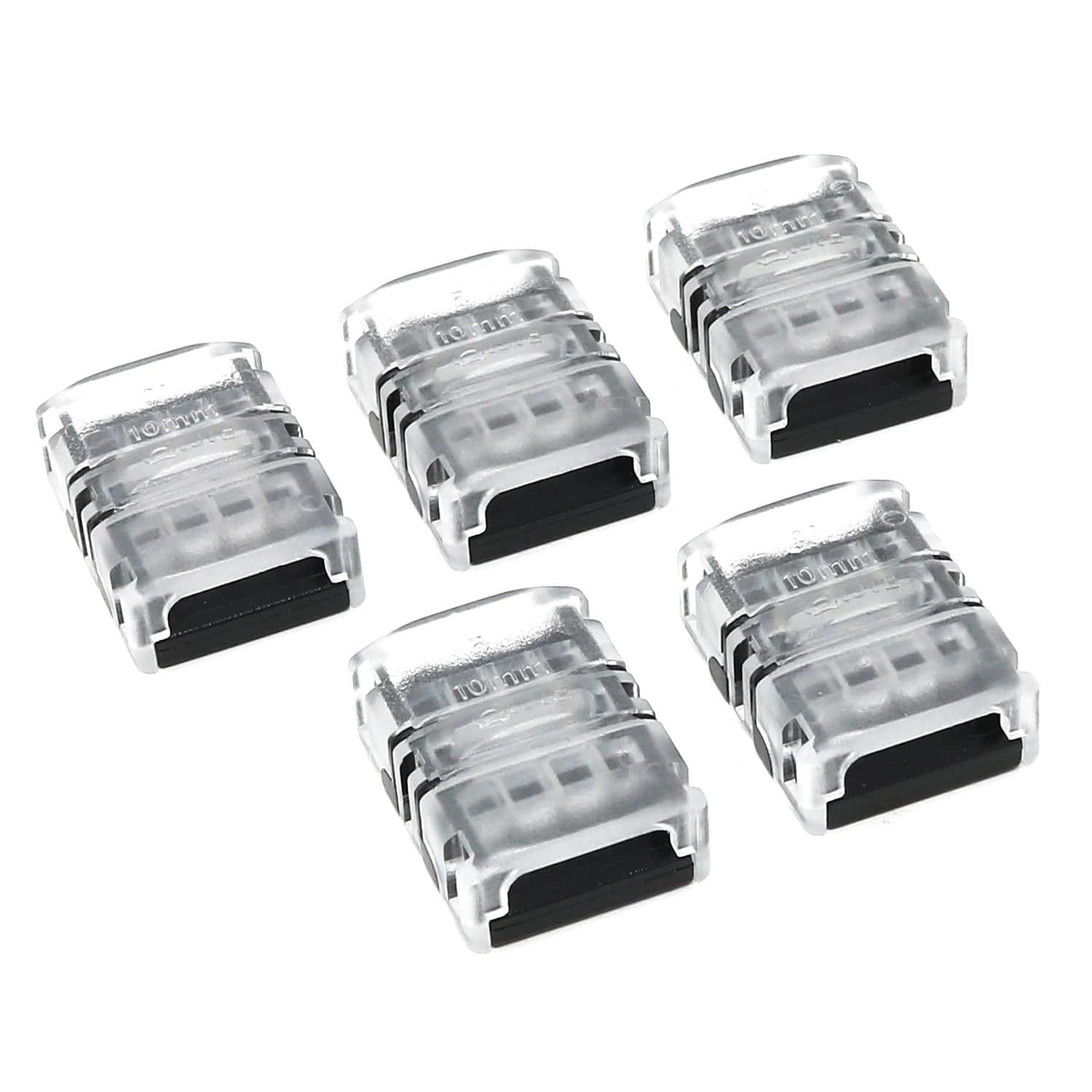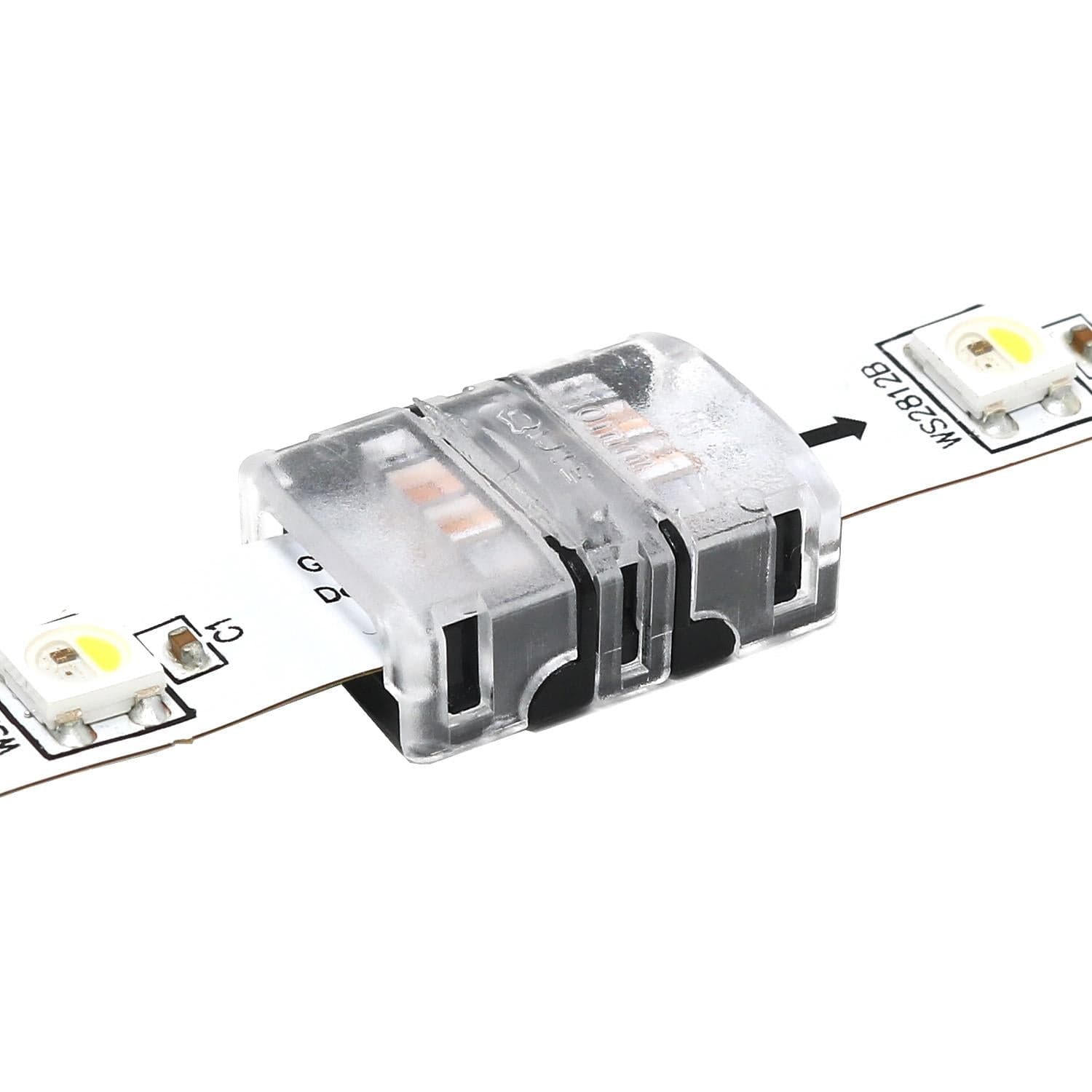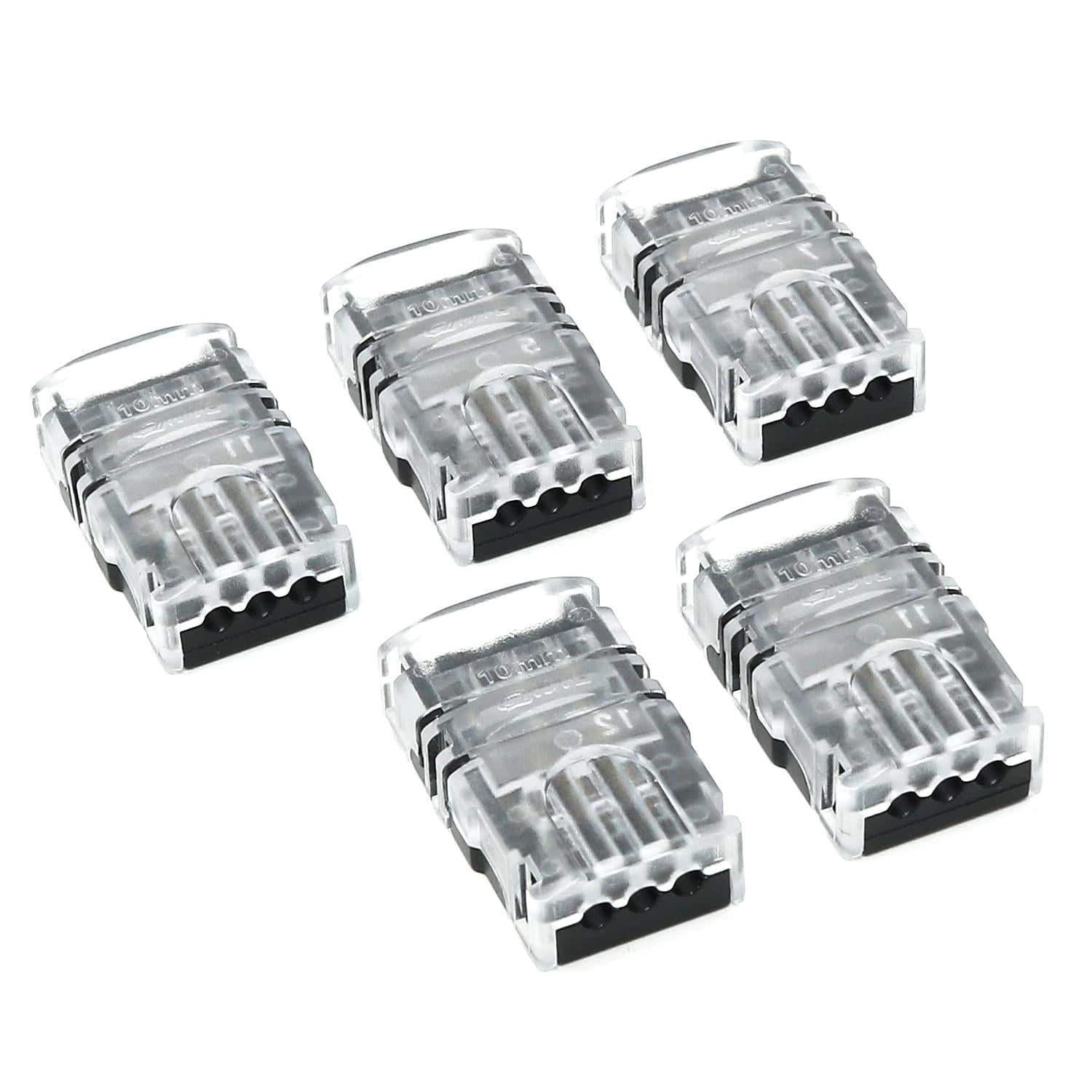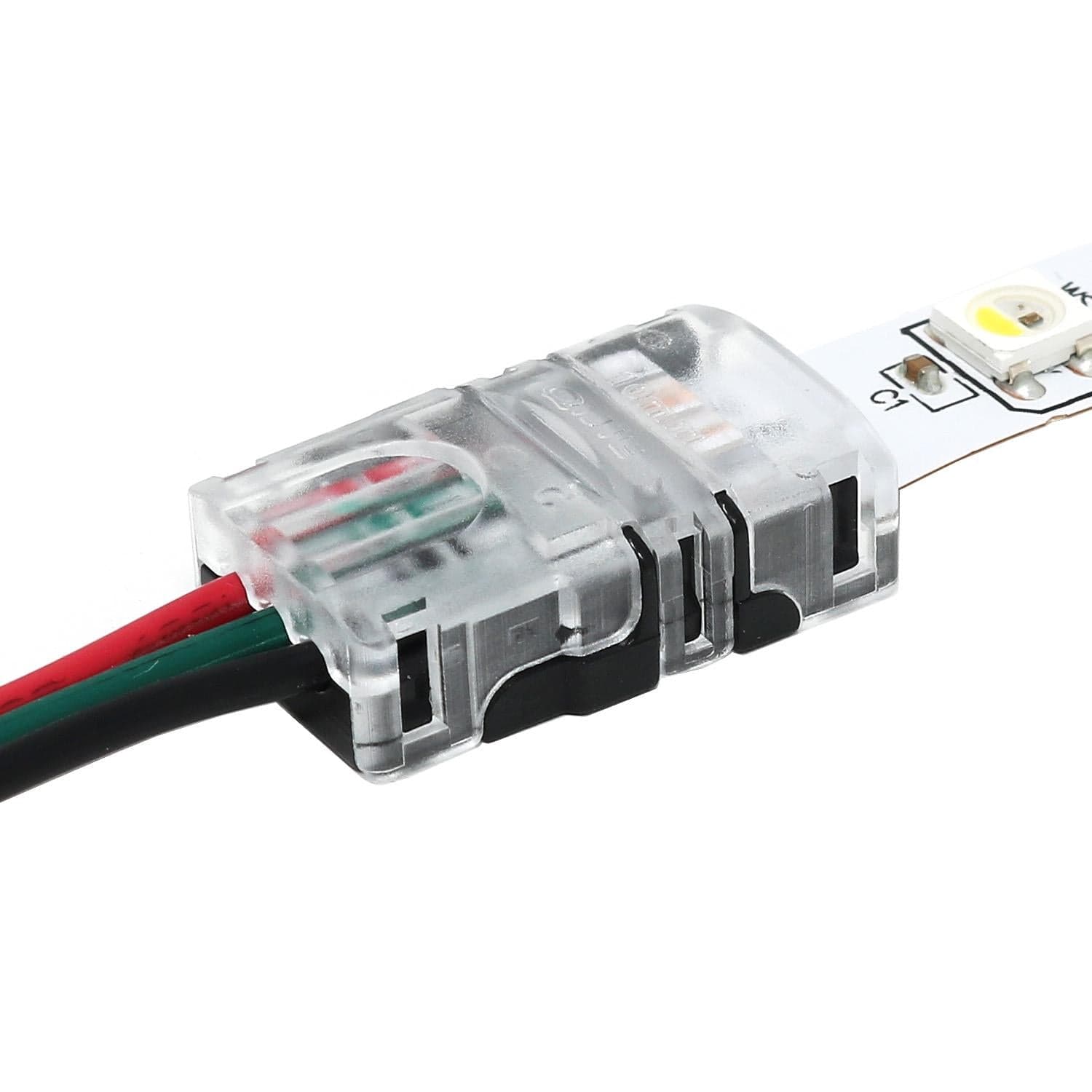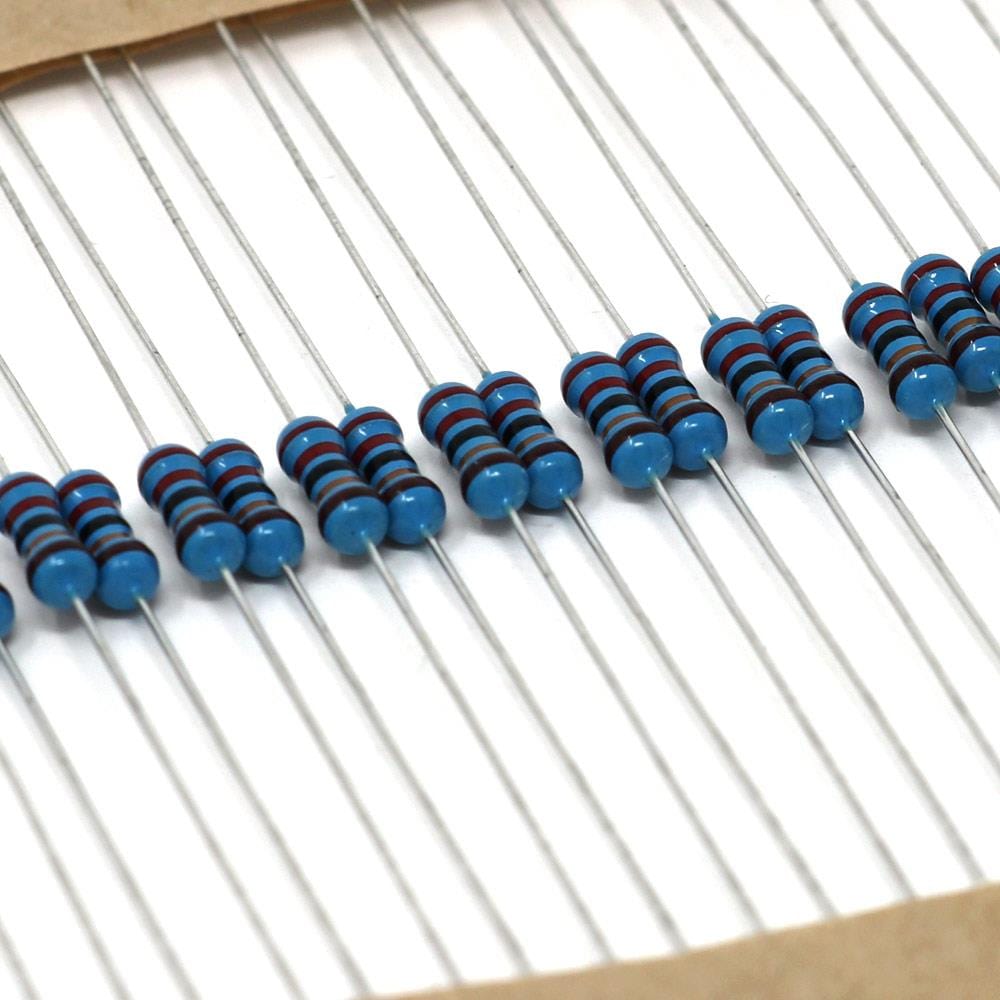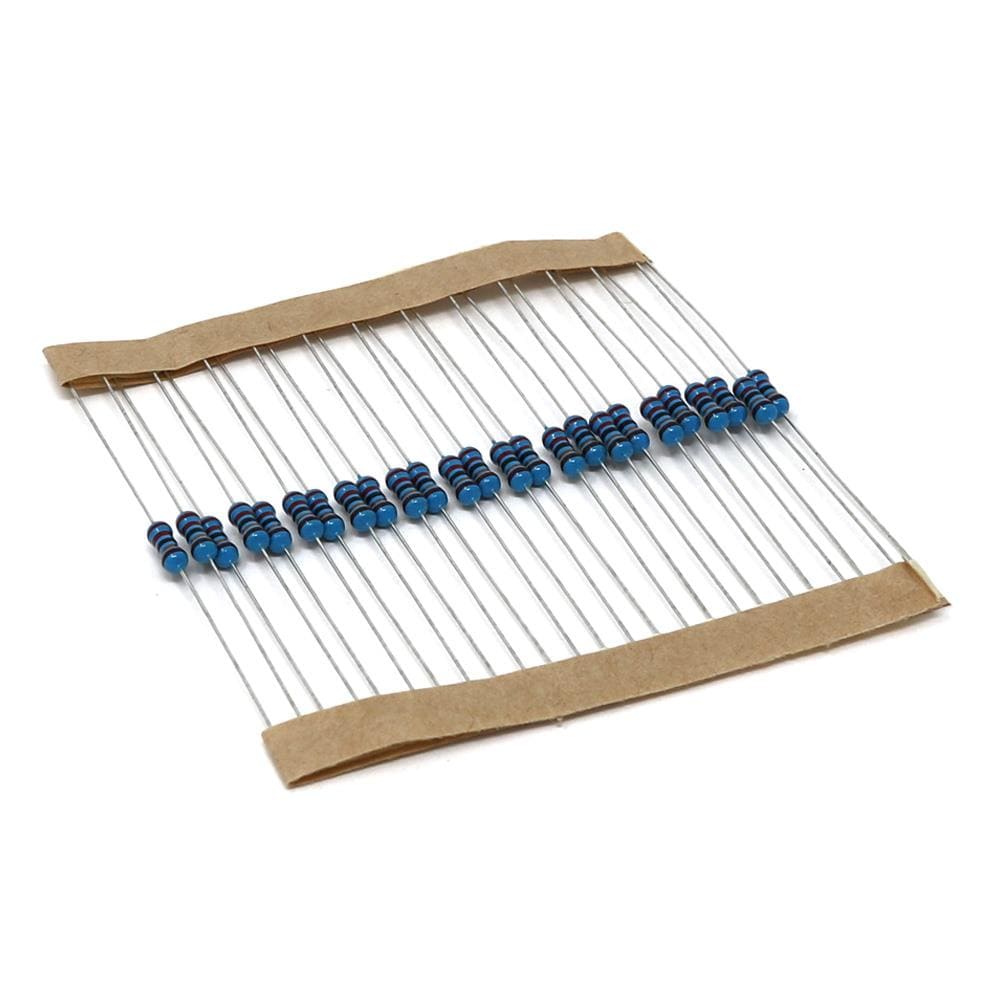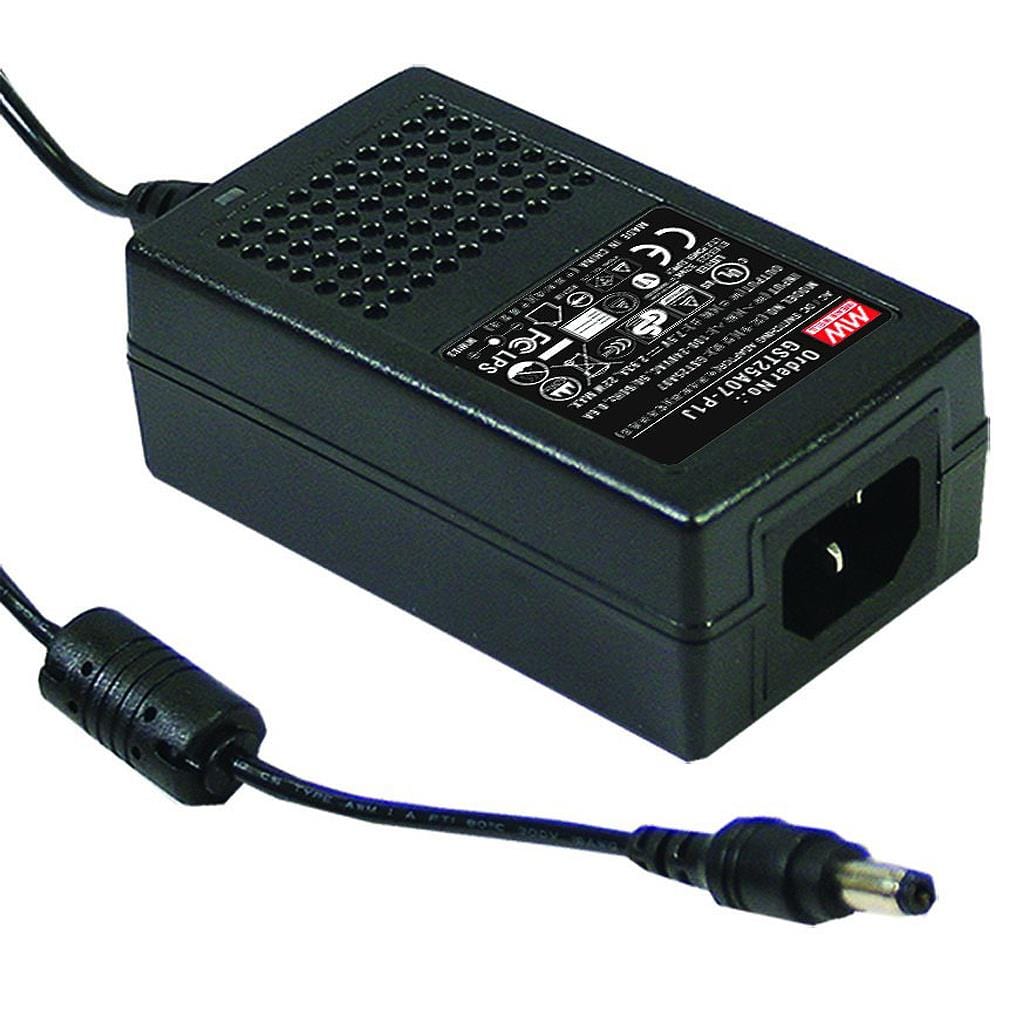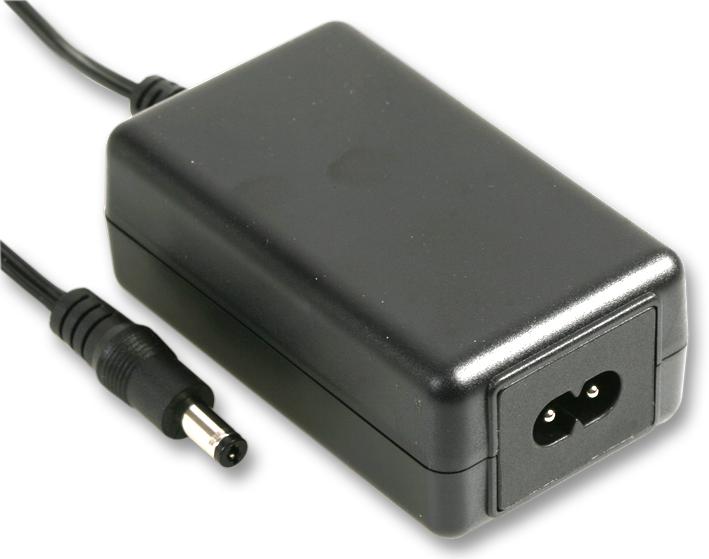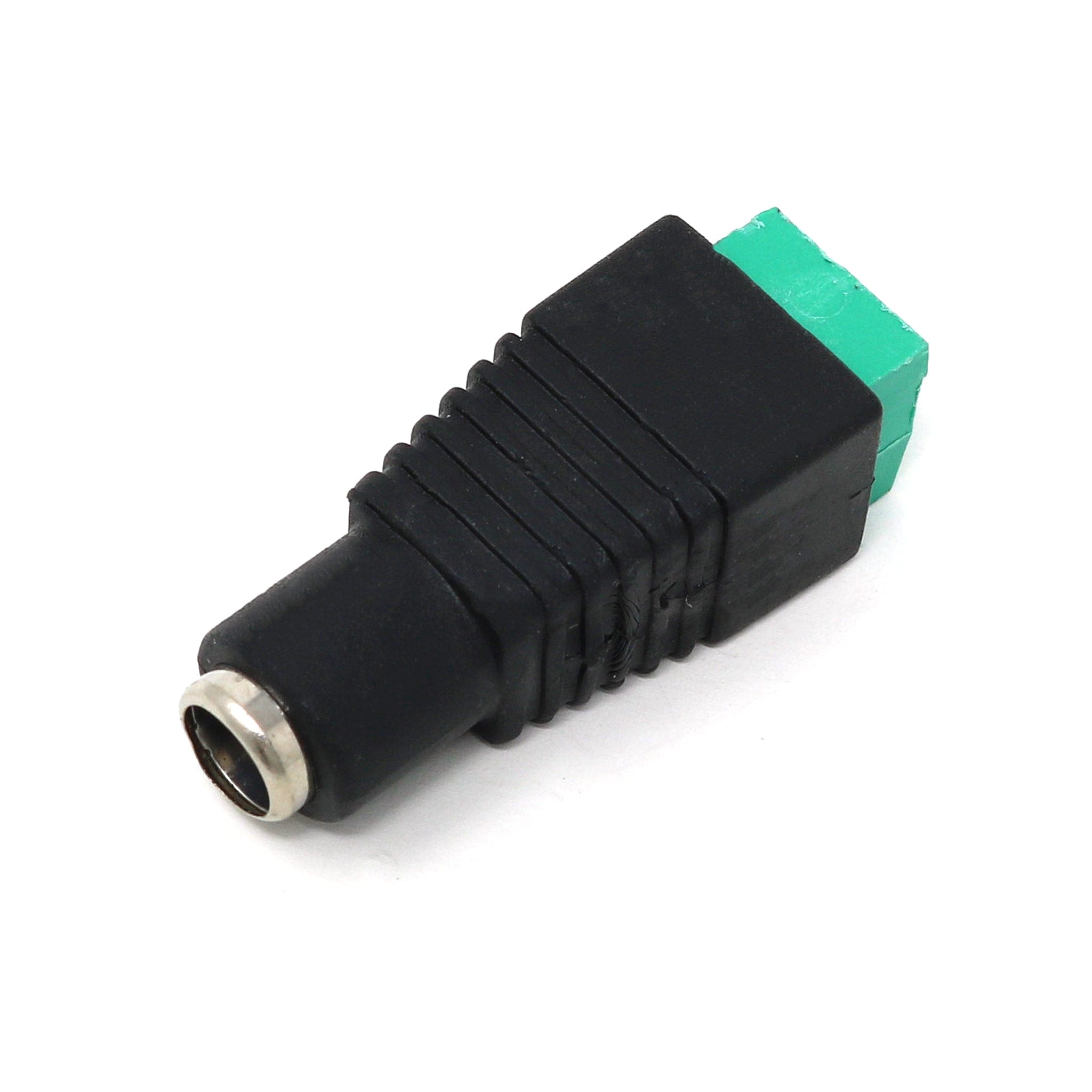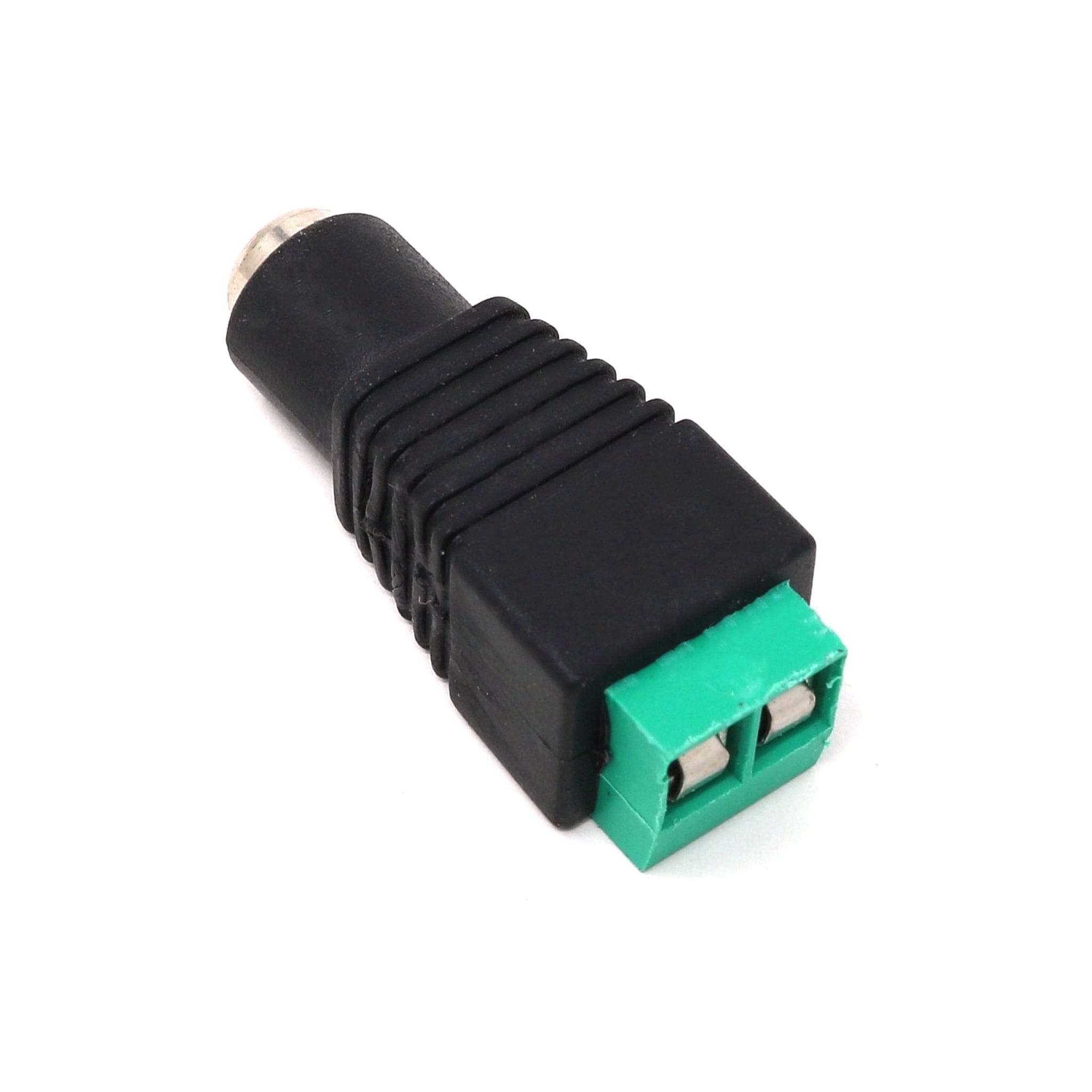Part of our Illuminate range of LED strips and accessories, these flexible RGBW LED strips have 30 RGBW LEDs per metre giving you a good amount of blinky for your project! Great for advancing from basic LEDs, learning how to code, lighting projects, art and many many more uses.
These special RGBW (Red, Green, Blue, White) strips include a 4th pure white LED which allows you to create brilliant pure white light vs the slightly off-white you get when mixing RGB on traditional RGB strips. Mixing all 4 colours allows the creation of interesting pastel colours!
They use SK6812 RGBW LEDs which are the same types used in the popular 'NeoPixel RGBW' range. These work in the exact same way and can be easily controlled using the same libraries.
Just a single Arduino data pin is required to run these LED strips (along with power of course!) and as each LED is individually addressable via the integrated driver chips, they can be chained together to make stunning light projects! Due to the timing requirements, these are best used with an Arduino rather than the Raspberry Pi.
The strips have a female JST-SM connector and require a 5V power supply. As these RGBW versions have a fourth LED, they can consume more power than traditional WS2812 RGB strips. At full brightness and using every colour (LED), they can consume up to 80mA peak per LED (20mA per colour). When just showing a white light, the peak will be just 20mA as only that colour of the LED is being used. With this in mind, using your microcontroller's 5V line isn't going to work well unless you're running a very short strip. We recommend a separate power supply such as our 5V 5A PSU. See the wiring section below for more information.
The PCB inside these strips is 10mm wide. You can cut the flex PCB at the cut lines anywhere on the strip - handy if you want to join multiple strips together with connectors, shorten strips or add your own wiring. When doing this, keep the current requirements mentioned above in mind and be aware that there's only so far you can go before you'll start seeing dimming/brown-out at the end.
Note: The LEDs may sometimes be variations of the SK6812, but they function in the exact same way. We cannot accept returns on modified strips.
Options Available
We have these SK6812 LED strips available in 2 versions (select above before adding to cart):
-
1m with white PCB and sealed end
-
1m with black PCB and sealed end
How to Wire Up SK6812 LED Strips
Firstly, some important points on power, and we'll assume you're using a separate power supply:
- Only power these LED strips with a quality regulated 5V power supply - anything above 5V will damage the strip!
- You must ensure a common ground between your microcontroller and the LED Strip power supply
- Estimate for around 80mA (peak) per LED peak (but realistically you can budget for around 20-40mA per LED if you're using colours and not constantly lit). We got away with even lower, but see what works for your project and adjust if necessary.
LED Strip Connector
These strips have a 3-pin female JST-SM connector, which includes 3 coloured wires which we've indicated in the table below.
| Wire colour |
Function |
| BLACK |
GND |
| GREEN |
Data |
| RED |
5V |
There are also additional red and black (5V and GND) wires next to this connector. These are the same 5V and GND lines - these just offer an alternative way to externally wire power to the strips.
When using an external power supply, we suggest using a DC terminal block power adapter to allow you to easily wire in the power lines from the strip and join the GND lines from the power supply and microcontroller. You will also need to ensure there is a common ground (GND) connection between your microcontroller and the LED strip power supply (see wiring section below for more info).
You may want to pick up some 3-pin JST-SM Plug + Receptacle sets for your project.
Arduino Wiring
Here's an example for the Arduino UNO, using the same pins and wiring as we used when taking the colourful product photos further up the page.
Important: You must add a 470ohm resistor between your Arduino and the data pin! This protects it against any spikes that could damage the strip's LEDS.
| Wire colour |
Function |
Power Supply |
Arduino |
| BLACK |
GND |
GND |
GND |
| GREEN |
Data |
- |
Digital Pin 4 (+ 470 ohm resistor)
|
| RED |
5V |
5V |
- |
Arduino Code
We're big fans of the excellent FastLED Arduino library for our normal RGB strips...BUT FastLED doesn't yet support RGBW without a lot of manual hacks. For these RGBW strips, we found Adafruit's NeoPixel library to be the easiest option available, which had us up and running in a matter of minutes. It can be installed on the Arduino IDE and there are lots of example scripts available in the library to get you started.
Arduino Library Install
To install the Adafruit NeoPixel library in your Arduino IDE, go to Sketch --> Include Library --> Manage Libraries.
The search for "NeoPixel" and install the "Adafruit NeoPixel" option as seen below (already installed for us). Once installed, close the window and restart your Arduino IDE.
As an example, for the blinky product photo you can see above we used the 'RGBWstrandtest' example sketch from File --> Examples --> Adafruit NeoPixel--> RGBWstrandtest.
We then modified the sections below to match the 30 LED strip we're using, the pins we used on our Arduino and setting brightness to max:
// Which pin on the Arduino is connected to the NeoPixels?
// On a Trinket or Gemma we suggest changing this to 1:
#define LED_PIN 4
// How many NeoPixels are attached to the Arduino?
#define LED_COUNT 30
// NeoPixel brightness, 0 (min) to 255 (max)
#define BRIGHTNESS 255 // Set BRIGHTNESS to about 1/5 (max = 255)
// Declare our NeoPixel strip object:
Adafruit_NeoPixel strip(LED_COUNT, LED_PIN, NEO_GRBW + NEO_KHZ800);
RGB or BGR?
Depending on how our suppliers wire the strips (which can change between batches) the RGB colour order can be reversed.
From our testing, at the time of writing our SK6812 strips are 'GRB(W)' so you'll need to set this in your scripts to get the right colours showing (see above where we have used NEO_GRBW).
Resources
Package Contents
- 1x 30 LED (per metre) SK6812 RGB LED strip (select style before adding to cart)
If you purchase more than one, you will receive multiple separate strips (not a combined length)

